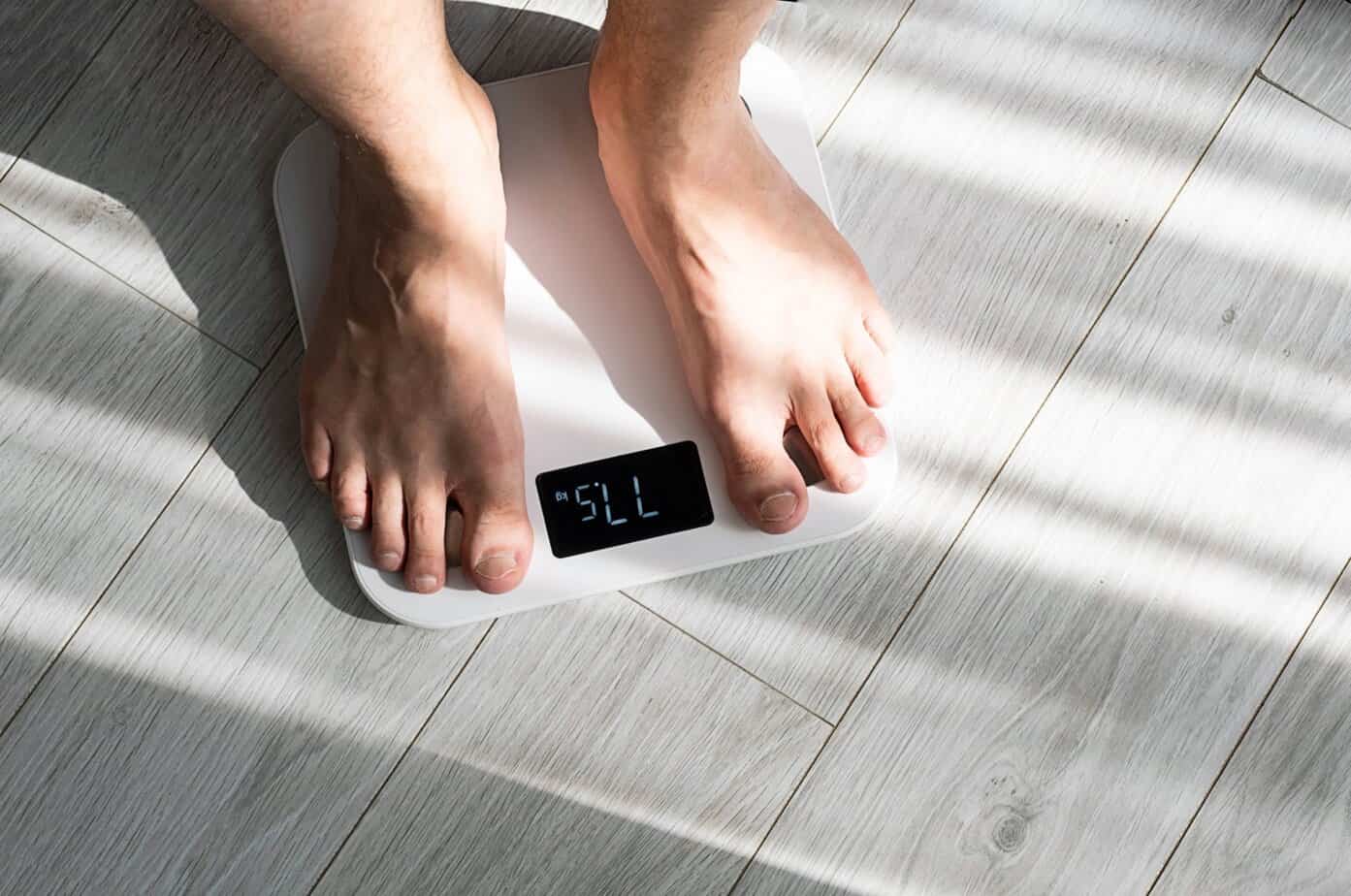Weight cutting tips: A nutritionist’s advice to doing it safely
There are some risks involved with weight cutting, but a leading performance nutritionist says there are ways to do it safely. Here, he shares his secrets.
Weight cutting tips: Secrets of a performance nutritionist
Have you ever wondered how fighters lose incredible amounts of weight just hours before the most important bouts of their lives? In episode 67 of the Science for Sport Podcast, Dr. James Morehen, a leading performance nutritionist, shares the secrets behind the seemingly impossible weight loss demonstrated by elite fighters.
The podcast contains a gold mine of advice that both coaches and athletes involved in weight-making sports need to hear, including the key goals during cutting and the risks associated with it. Morehen goes on to provide fantastic, scientifically-backed recommendations, which all athletes involved in these sports should be paying attention to.
First of all, why do some athletes cut weight? It does bring with it some advantages, Morehen said. He stated that taller fighters in particular believe it allows them to compete in a weight class against potentially smaller opponents.
“Certainly for fighters that are taller, and make a weight that is below where they should be for their height, they feel that cutting can give an advantage in the ring,” Morehen said.

Short-term and long-term impacts
That said, it could become dangerous if the fighter tries to lose too much weight too quickly, or is poorly supervised. There is even emerging evidence that those who cut weight during their athletic careers gain weight quicker in later life. This of course can have larger long-term health consequences.
Despite the potential risks, weight cutting is still commonplace and in the fighting world, the last seven days of the fight camp are probably the most interesting when it comes to looking at diet. Even though most of the hard work is done in the weeks preceding this, and the athlete likely being close to fighting weight, the last days are make-or-break when it comes to weighing in for a fight.
According to Morehen, research suggests that during the last 72 hours before a bout, fighters can safely lose a whopping 5% of their body weight. The heavyweight boxing category starts at 200lbs (90.71kg), and this means that a heavyweight could safely be losing upwards of 10lbs (4.54kg) in the three days preceding a fight. But with such drastic fluctuations, how do you do that safely?
The ins and outs of making weight
Morehen provides some excellent research-driven insights into how this is possible.
Firstly, fighters might want to ‘manipulate their gut content’, which is a polite way of saying they’ll be sitting on the toilet for a while to get rid of the food they’ve eaten. To do this effectively it is recommended to reduce fibre intake, and consume high GI (glycaemic index) carbohydrates. The glycaemic index is a measure of how quickly carbs cause your blood sugar to rise, with higher scores given to foods that cause a sharp rise in blood sugar.
A practical recommendation might be that the athlete consumes a sugary drink containing 50g of carbs, instead of eating 50g of carbs found in a baked potato. In this case, the fighter gets the same amount of carbs in, but the body removes the liquid drink faster than the solid baked potato. It is possible to lose 1-2% body weight in a day using this technique.
MORE: A complete guide to making weight safely
Manipulating the carbohydrate intake for the athlete might also be a useful way to tip the scales in their favour. Simply put, the body stores carbohydrates in the muscle in the form of glycogen. This glycogen binds to water in the muscle for storage and this water and glycogen combination can be heavy. Therefore lowering muscle glycogen levels through reduced carbohydrate intake could also help when looking to lose those last few grams.
“Some of my rugby players at Warrington, they used to lose around 2.5kg in a game without even thinking about it. But I would never say they were forcibly dehydrating, it was just part of playing rugby,” Morehen said.
On the morning of a fight, the athlete could wake up and still need to lose some extra weight, and this is traditionally done by deliberately dehydrating themselves to a small degree – it is reasonable to lose 2-3% of body weight in this way. To put this into context, professional rugby players could easily lose 2.5kg of water in a game. So a 2-3% reduction in body weight is not a massive stress on the body.
More practical recommendations on weight cutting
Morehen uses the example of British super-middleweight Rocky Fielding who in the last 72h of his preparation for his world title fight lost 4kg, and on the morning of the fight still needed to lose the last 1kg. The pressure was on to ensure that he was ready to weigh in. To achieve his 1kg weight loss, he took a 15-minute run wearing a sweat suit, in 30-degree heat. This removed the last 1kg and helped Rocky to win the world title.
These great practical recommendations are just a fraction of the podcast, if you want to get more great tips and hear the full story, you need to download the podcast now!
You can download the podcast on any of the big hosting services, including Apple podcasts and Spotify, or just use this link: https://scienceforsport.fireside.fm/67
Don’t forget to hit the subscribe button and be sure to give us a review and rating too!
[optin-monster slug=”nhpxak0baeqvjdeila6a”]




